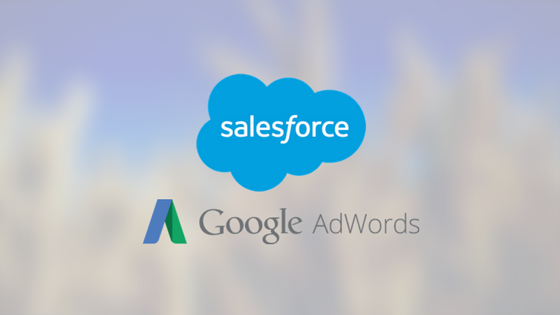Every Website Should have These 4 Success Factors
“Content is King”. This was the phrase created by Bill Gates in 1996 about the state of websites. He stated that “much of the real money will be made on […]
“Content is King”. This was the phrase created by Bill Gates in 1996 about the state of websites. He stated that “much of the real money will be made on the internet, just as it was in broadcasting”. Mr. Gates explains how, in 1996, the revolution is becoming a place where “anyone with a PC and a modem can publish whatever content they can create”. It was during this revolution that the expectations of content consumers grew faster. Before 1996 we expected news to take hours to get to us. But Mr. Gates indicated that “people are to be expected to put up with turning on a computer to read a screen, they must be rewarded with deep and extremely up-to-date information that they can explore at will”. As a result, the rise of static websites grew dramatically and companies began putting a focus on content driven websites. Not anymore.
Today, expectations are even greater. Not only do people want content that is up-to-date but they want content that is up-to-date and written specifically for them.
When planning your website strategy and content management system (CMS) you need to focus on the consumer of the content and ensure your website and CMS together are able to dynamically adapt to each of them. Below are four success factors to consider when planning your next website strategy.
#1 Think Like Your Customer
You’re creating your website for those that want to buy from you. Too often in website projects decisions are made of behalf of the visitor without asking the visitor. Ask and respond to what your customer wants and optimize your website accordingly.
#2 Define the Goals of the Website
The goals of your website could be driving online traffic to generate leads, selling products with eCommerce, signing up for events or essentially anything that drives an action. Once you document the goals of the website you are able to focus on what you need to do to your website to achieve those goals.
#3 Map Out How a Visitor Can Achieve those Goals
In order to guide a website visitor to specific goals create a conversion map. A conversion map is a site map on steroids. Essentially, it will showcase how you plan to guide a user to a specific goal. This will help in determining where to position specific call-to-actions.
#4 Make Sure You Return the Favor
In a given month the average person visits 2,700+ webpages. How will you capture their attention? By building a relationship. One of your website goals should be a lead generation form that encourages a user to fill out a form with their contact information in exchange for something of value your company will give them. Once you have the individual’s contact information you can continue to deliver value with strategic email marketing campaigns or marketing automation that would bring them back to your website.
Ultimately, your competition is large because you are competing for your customer’s time and attention. When following these four success factors you will be able to put a clear direction forward so your customers not only engage with you through your website but keep coming back to your website.












